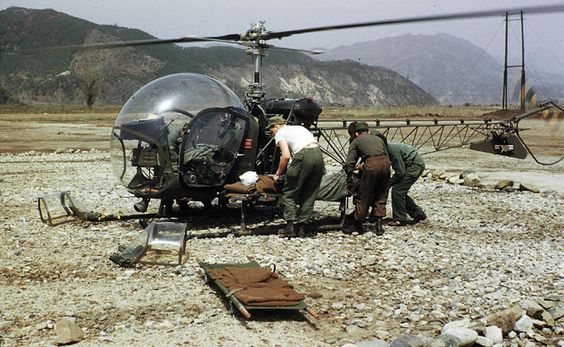Has a country actually gone to war if it never publicly declared its intentions? Decidedly yes, if the Korean War is carefully examined.
In 1950, little more than half a decade had passed since the brutality of the Second World War. Nevertheless, the United States chose to answer North Korea’s invasion of South Korea with an invasion of its own.
Because the Soviet Union gave permission to the North to invade, America felt compelled to help the South, and President Truman authorized air and naval missions.
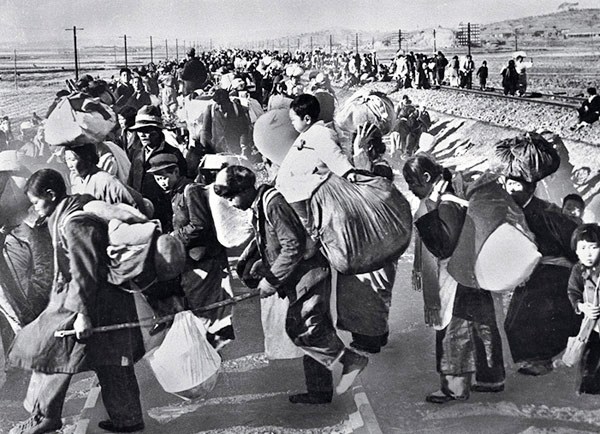
The seeds of this conflict were sown at the end of World War II when the country was split at the 38th parallel. Essentially, Russia and China ruled the North with their Communist principles, while the South allied with the democratic philosophies of the West.
https://youtu.be/1rcSF8NoMPo
Neither half thought that splitting the country in two was a reasonable or equitable way to solve its problems and did not view the split as permanent. Hence, in 1950, North invaded South.
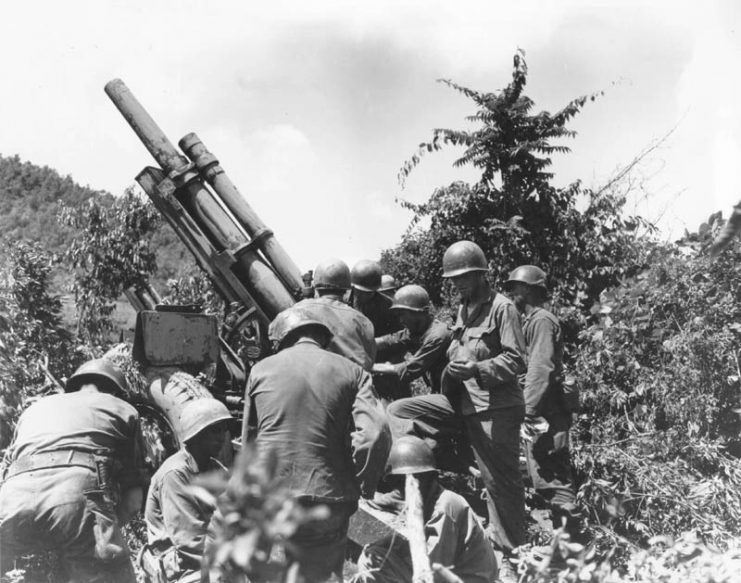
Some wars are given names that reflect their scale and importance. World War I, for example, is known by many as the “Great War.” In contrast, the Korean War was referred to by some, at the time, as a “police action.” In America, this conflict was also called the “Forgotten War.”
North Korea calls it the “Fatherland Liberation War,” while South Korea refers to it simply by the commencement date: 6-25-50.
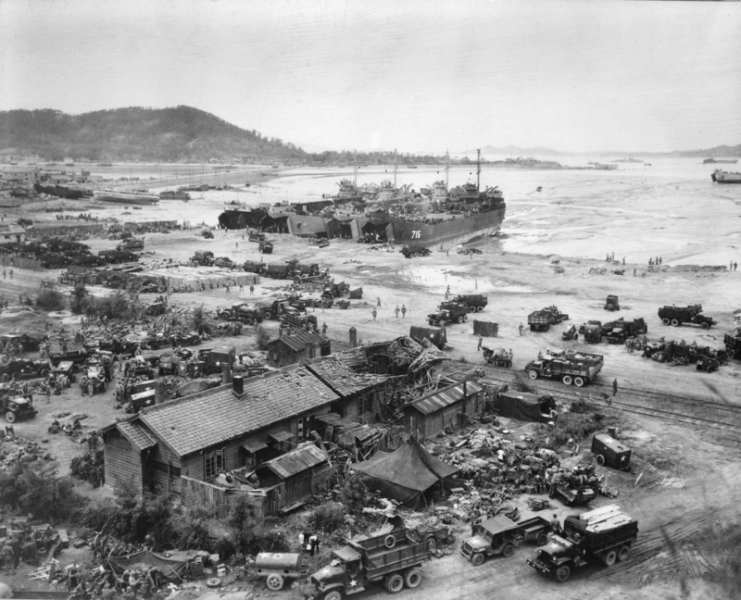
Even China has a name for it: the “War To Resist U.S. Aggression And Aid Korea.” It’s been called by all those names and is always referred to in the past tense, but technically it has never ended. A ceasefire was declared in 1953, but no peace treaty has ever been signed.
As the war dragged on, the United Nations called on its members to help South Korea. More than 15 countries did so, including France, Ethiopia, Canada, and, of course, the United States. Although Congress didn’t actually declare war, America nevertheless dropped a lot of bombs, many of them with napalm.
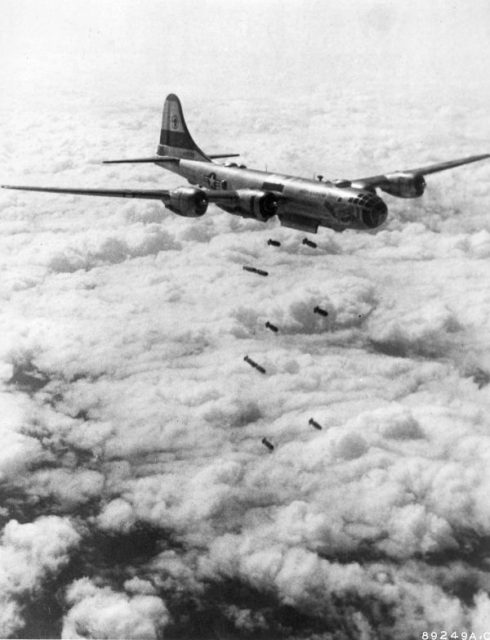
Estimates put the number of bombs at approximately 635,000, and more than 32,000 tons of napalm was used, which in effect wiped out North Korea. It’s schools, offices, and environment were all destroyed. Soldiers fought and died in the streets. More than 2.5 million civilians were killed or injured, and more than two million troops either perished, were injured, or went missing in action.
Two of the greatest consequences of the war are the DMZ and the MDL. The Demilitarized Zone (DMZ) is a designated section of turf that is theoretically neutral. Both sides heavily patrol this section. It is, ostensibly, free of violence and military strikes.
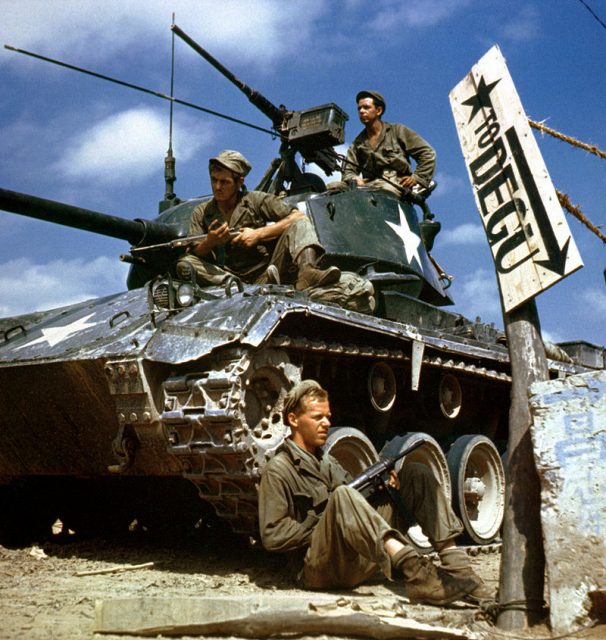
The Military Demarcation Line (MDL) reflects the actual border between the countries. On one side, signs are written in Korean and Chinese. On the other, they are in Korean and English. There is perhaps no starker reflection of the tension between North and South Korea than in these two areas.
The Korean War left many scars on civilians, on veterans, and on the countries which became involved. Although many people still refer to it as the “Forgotten War,” many heroes, as well as victims, did emerge from the conflict. One, in particular, rode into the fray on four hooves.
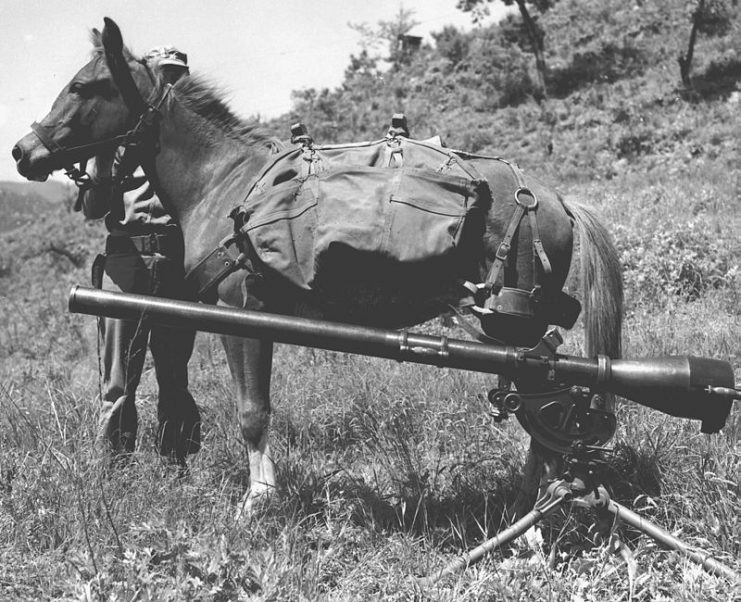
Sergeant Reckless was a thoroughbred Mongolian horse who took supplies and food to the men in battle. During one skirmish, the Battle for Outpost Vegas, she safely trod the same path 51 times, getting ammunition and other necessities to men at the front.
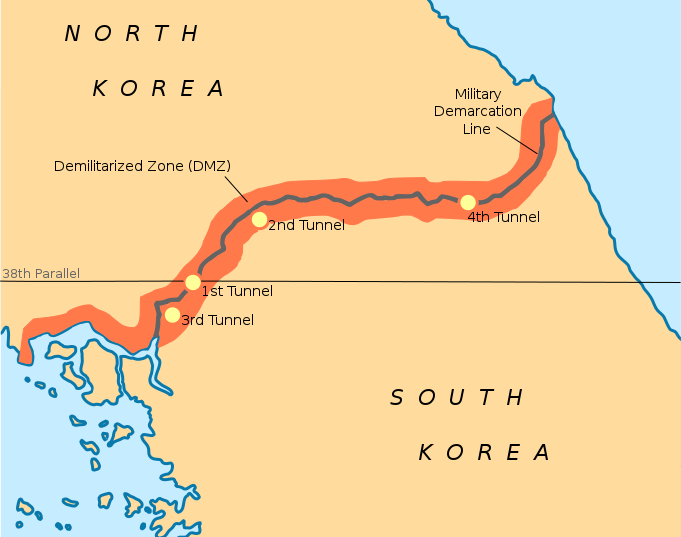
But for every heartwarming story like Sergeant Reckless, there are hundreds of tragedies. Many North American school children are only vaguely aware that a war was ever fought in Korea.
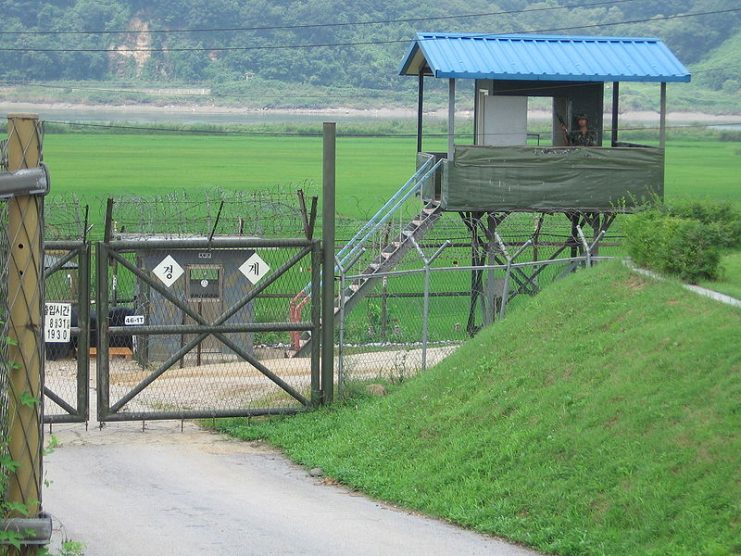
Read another story from us: 5 Interesting Facts About the Korean War
Very few Americans realize that the U.S. and North Korea didn’t sign a treaty. The “Forgotten War,” technically, never ended.
